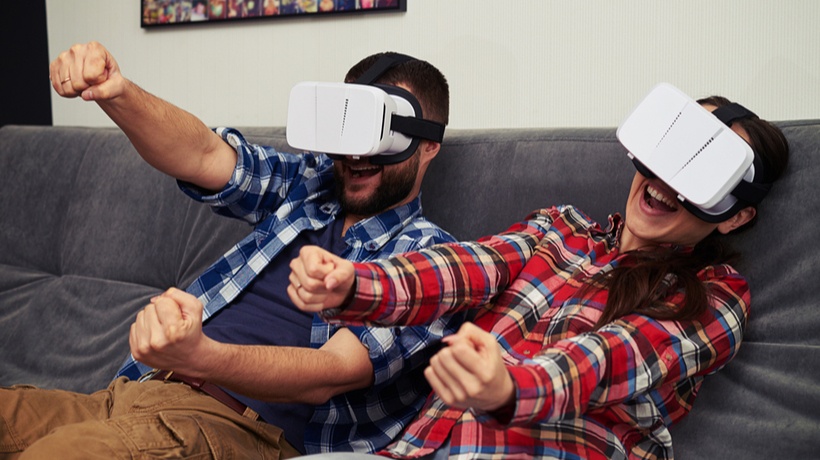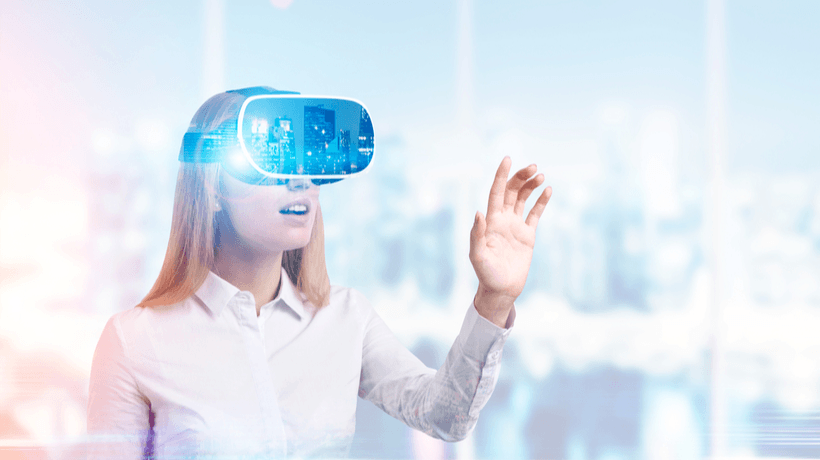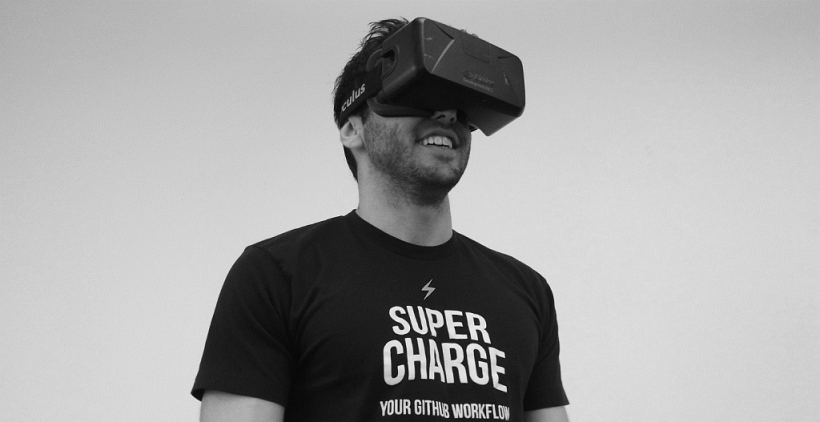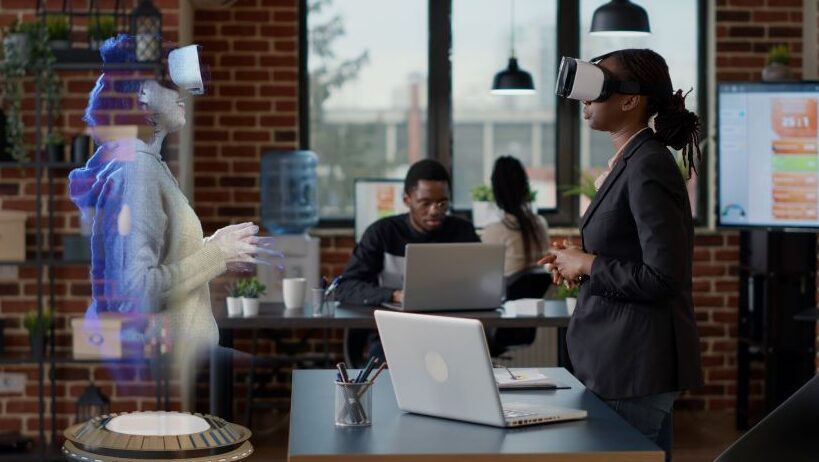How To Tackle Drunk Driving: Some Useful Benefits Of Virtual Reality Development
Multiple research studies show that the situation today on the roads isn’t positive, and that many road traffic violations occur because of young drivers. The Governors Highway Safety Association (GHSA) published a report stating that teen-involved crash deaths constituted 10% of all crash deaths in 2015. Another study showed that the typical reason for causing an accident is alcohol consumption, and that this resulted in 40% of death cases on roads.
The Figures
Examining the statistics on automobile accidents shows an unpleasant situation. According to statisticbrain.com:
- About 196 million Americans have driving licenses.
- Approximately 112 thousand on average get fines for speeding each day.
- 20.6% of Americans spend $6.232 billion for payment of fines annually.
- 28 people in the USA die from drunk drivers each day.
- 4,000 people per day on average are arrested for drunk driving in the USA.
- 63% of people have been involved in a drunk driving accident, at least once in their life.
According to the aforementioned research, the cases of drunk drivers between 21-25 constituted 23.4% of cases of driving while under alcohol intoxication. It is this group that should be specifically targeted to reduce the cases of drunk driving, both now, and in the future for the rest of their lives.
Addressing The Problem With Virtual Reality Development
Using Virtual Reality (VR) simulators is aimed at honing drivers’ skills by having them try to drive themselves in simulated unsafe, or difficult situations. They get to know how to correct their driving and improve their reactions to prevent potential dangers, gaining crucial seconds. Such simulators could purposely demonstrate the most dangerous moments, and teach them how to react on time to avoid negative consequences. For instance, novices can learn how to maintain their braking distance, and find out why they should not be distracted from the road for even a second. It’s one thing to know intellectually that a breaking distance of so many meters is needed: it’s another to see in Virtual Reality the negative consequences when the breaking distance is not maintained.
Extra Virtual Reality Gadgets
Basically, to immerse someone in Virtual Reality, we use a VR helmet or glasses; this is a core device needed for the operation. Sometimes, we can also add controllers. However, Virtual Reality opportunities are not restricted to them. To simulate full involvement, we can attach some extra gadgets such as gloves, kneecaps, rings, or just a common suit equipped with sensors that read a body’s movements or show the impact of any action on the body regarding a particular purpose. For example, firefighters use a similar VR suit for creating conditions close to real work situations. To take driving into consideration, the suit could make driver’s movements complicated to imitate the state when drivers feel intoxication, tardiness, a loss of attention, etc. The suit can obstruct movements and pose difficulties to coordination. It could be especially designed to simulate the effects of one of the main causes of accidents: alcohol. Consider some following cases where Virtual Reality simulators could be applied.
Drunk Driver Virtual Reality Simulation
For example, an extra device is attached to the hand and simulates trembling. VR glasses cover the eyes and change the driver’s perception of reality. These all imitate a driver’s slower actions and demonstrate why quick reactions in unsafe conditions are not possible under alcohol-influenced conditions. This helps counter the drunk driver’s belief that their body is able to react quickly, when in fact it is not. All the real situations that can take place on a road are modeled through the use of VR technologies to make the educational driving program as thorough as possible. Thus, the Virtual Reality technology can provide the opportunity to observe the real environment through a drunk driver’s eyes, using VR glasses. The imitation of alcohol intoxication could be implemented with the help of time delay (which can be customized by the application interface itself); blurring (for each of the eyes separately); and vignetting (allowing the view through the glasses to be slightly dimmed).
The same VR opportunity had much wider applications than it seems at first. Here, the drunk state simulator is one of the examples of Virtual Reality in education, but it can be used for any sphere, where there is a need to show the results of doing something under alcoholic intoxication. For instance, it makes sense to use it to demonstrate the rules for safe engineering and accident prevention at work, or for healing from alcohol addiction during psychological treatment.
VR solutions will gain popularity for use in drivers’ education. The novice drivers will be given the opportunity to 'play' all potential dangers while in a safe environment, so that in case of its occurrence in the real world, in a stressful situation, they will react correctly, without panic. Thus, VR and Virtual Reality development have a role to play on our roads and, with it, perhaps, the situation on the road will in the future be safer.









